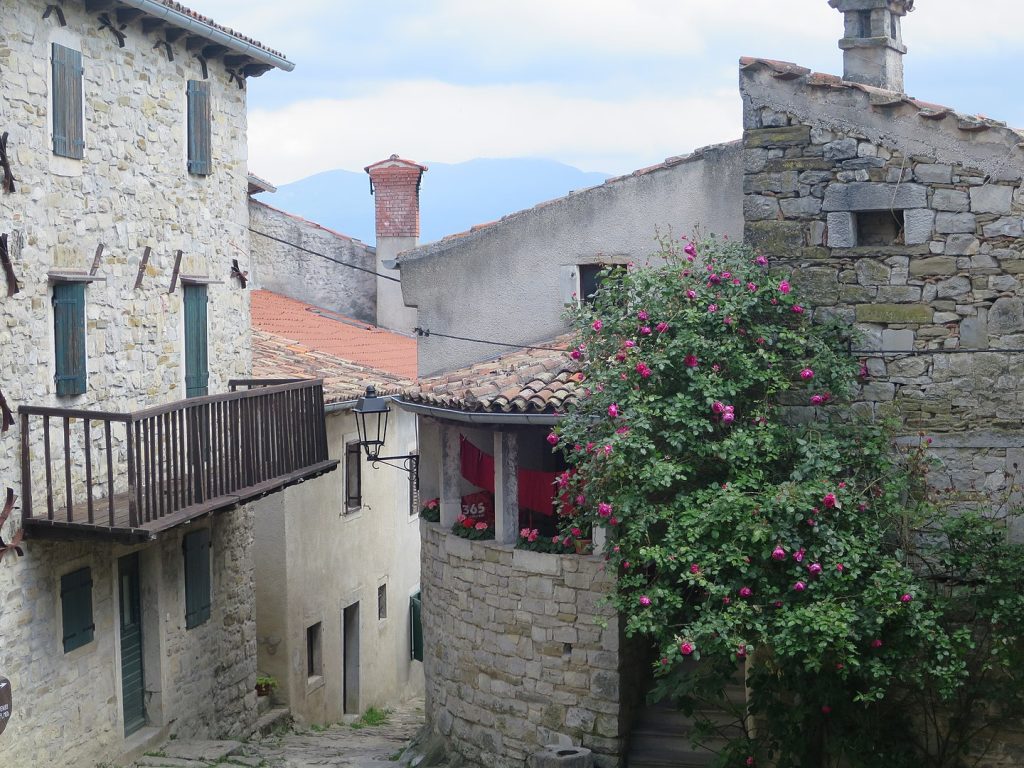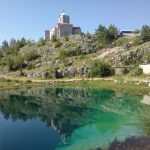Did you know that the Croatian language doesn’t distinguish between the terms city and town? We call them both grad, which refers to an urbanized area with more than 10,000 inhabitants. Exceptions are made for less populated settlements if they have significant historical, economic or geographic features.
If there’s one thing we don’t lack around here, it’s places of historical significance, and thus our technical nomenclature goes down the drain. You’ll often see very sparsely populated places being referred to as towns – what’s basically a village in terms of population could have easily had a status of a city in medieval times.
When you think about Croatian cities and towns in terms of superlatives – largest, oldest, safest – none of the leading tourist destinations make the cut. The biggest Croatian cities sure have their appeal, but this time around, we’re looking at a few peculiar title holders among Croatian towns.
Smallest: Hum
This medieval hilltop settlement located in central Istria is not only the smallest town in Croatia, but also referred to as the smallest town in the world.
Its exact population is somewhat debatable: Hum had 30 residents at the time of the 2011 census, but more recent sources place the number closer to 20. We’re curious to see what the 2021 census data will show.
Entirely built in stone, Hum is also minuscule in size, but packs a handful of houses, one restaurant, two churches and a cemetery within its town walls. While it’s not technically a town, its history, cultural significance and urban structure make it quite a distinctive settlement.
One of the many Istrian legends has it that the giants who built other central Istrian towns in the valley of the Mirna River used the leftover stone blocks to create Hum as one last masterpiece.
It’s a place worth visiting on a tour of Istria: it’s incredibly picturesque and well preserved, is the last stop of the scenic Glagolitic Alley route, and is also the home of biska, a popular Istrian brandy made of rakija, white mistletoe and several other herbs.
Largest: Gospić
Based on population alone, the winner in this category would definitely be Zagreb – expected and a bit too boring for a list of this kind, so we’ll go for different criteria instead. What’s the biggest town in Croatia based on surface area?
If you’d stick with Zagreb as the answer regardless, you’d be wrong. Surprisingly, the biggest town in Croatia only has a population of about 6,500, but is larger in size than Paris, Berlin or Barcelona.
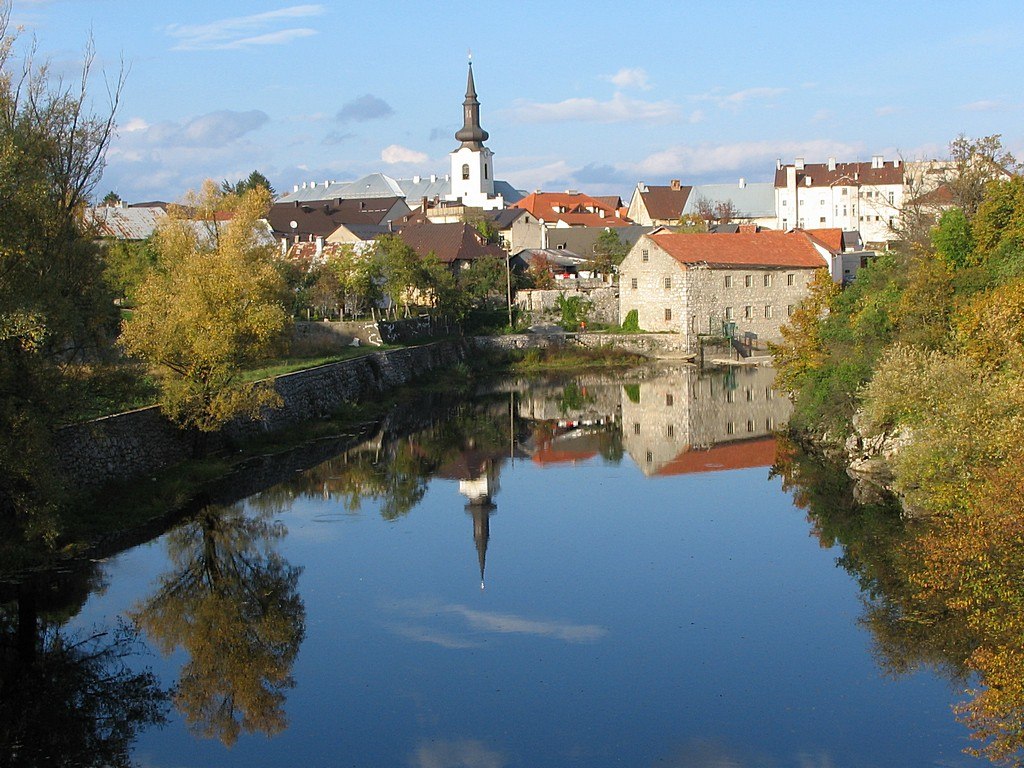
Gospić / iNekic Wikimedia Commons
The biggest town in Croatia is Gospić, with an impressive area of 967 square kilometres. The town itself definitely isn’t that big – it owes its staggering size to some 50 smaller settlements in its wider area that administratively belong to Gospić, as there are no other municipal units nearby to take them under their wing.
Fun fact: Nikola Tesla, the groundbreaking inventor, was born in the nearby village of Smiljan and grew up in Gospić.
Highest: Delnice
Unsurprisingly, we’re heading to a mountainous area to look for an elevation champion. Located in the Gorski kotar region, the town of Delnice sits at an altitude of approximately 700m above the sea level. Its lowest point is situated at an altitude of 210m, and the highest at 1528m!
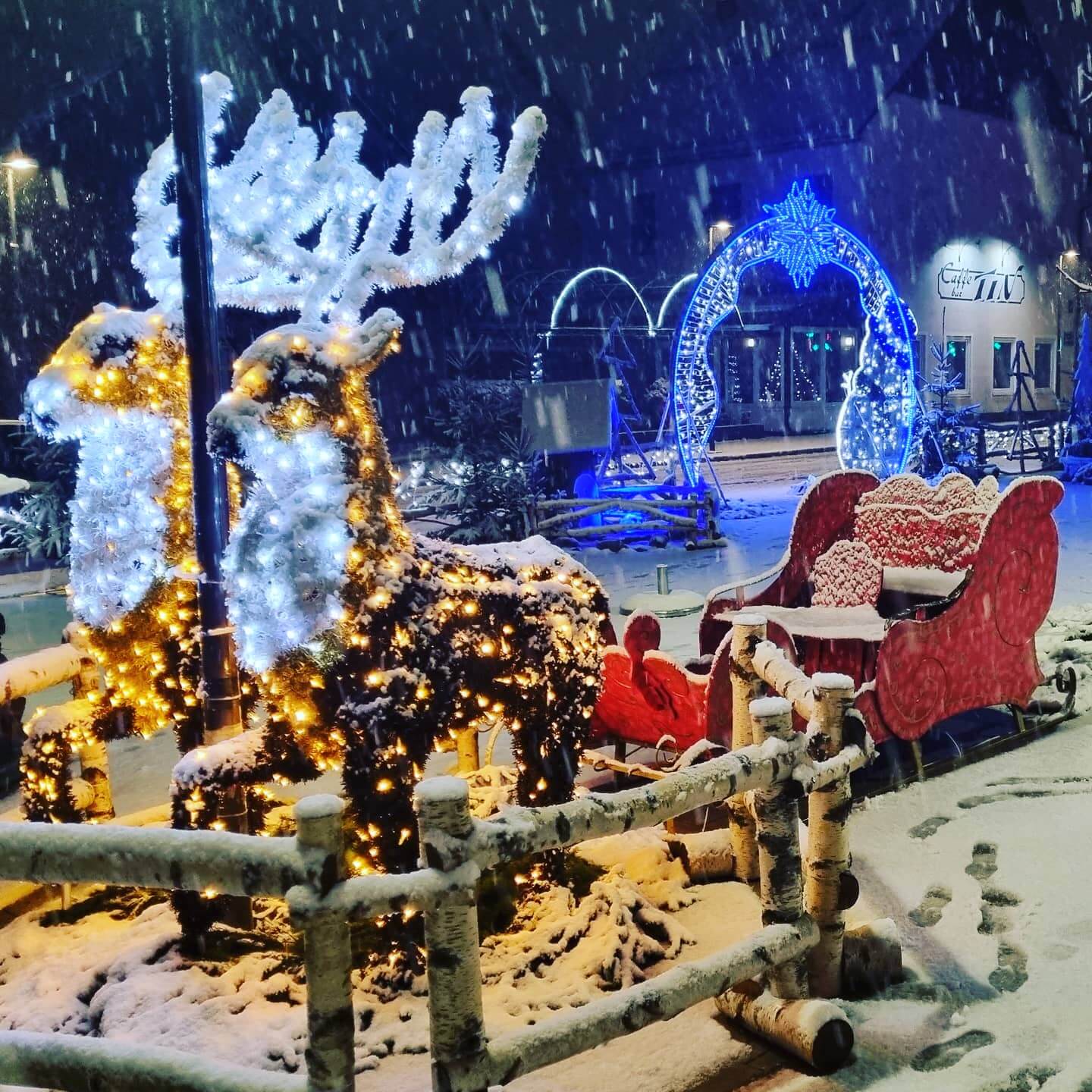
Delnice / Lan Vlad Wikimedia Commons
We’d be remiss not to mention Begovo Razdolje, officially the highest settlement in Croatia at an altitude of 1028m. It’s located in the same region, on the slopes of Bjelolasica mountain, and has a population of 40. While it’s not technically a town, it’s the only inhabited place in Croatia situated at an altitude over 1000m!
Oldest: Vinkovci
In a country that counts an amphitheatre and a Roman emperor’s palace among its cultural monuments, you’d probably look for the oldest settlement somewhere on the coast. And while it’s true that the Adriatic is lined with some of the oldest towns in Croatia, we have to look inland for the oldest of them all.
The town of Vinkovci in Slavonia has been continually inhabited for 8300 years, making it not only the oldest town in Croatia, but Europe as well!
Vinkovci has a lot to be proud of other than its age: it’s the birthplace of two Roman emperors, home to the oldest known calendar in Europe, and hosts the biggest Croatian folklore festival. Check out the 10 things to know about Vinkovci in this dedicated piece.
Youngest: it’s complicated
How to approach the concept of youth when it comes to a town? We can think of three main ways to look at it:
Among the 128 towns and cities in Croatia, Popovača is the one which gained the legal status of a town most recently. It used to be a municipality and was ‘upgraded’ to a town in 2013, effectively becoming the youngest town in Croatia in terms of administrative status.
If we ditch the legal criteria and focus on how long it’s been since the inception of a certain settlement, the youngest town in Croatia is Raša. It’s located in south-eastern Istria and was purposely designed and built as a mining town in the 1930s during Mussolini’s colonization of the region. Two pairs of streets lined with former miners’ houses meet at the central square, where you’ll find the church of St Barbara, uniquely built in the shape of an overturned mining cart.
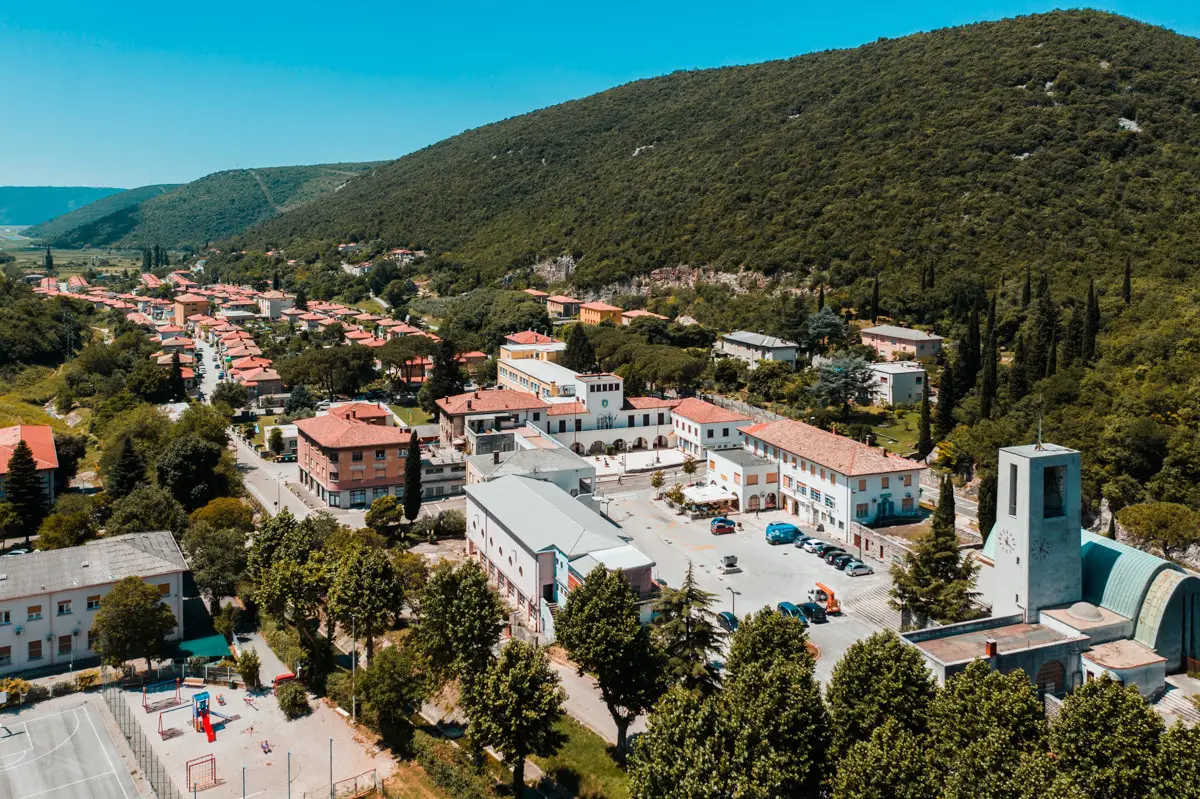
Raša © Raša Tourist Board
And finally, what about the population? Well, this is a tough one to track down as the demographic situation varies from year to year, and data isn’t always readily available. With apologies to any other town that potentially took over the title at some point, we’ll declare Solin to be the youngest town in Croatia population-wise. Located near Split in Dalmatia, Solin has a population of some 30,000 inhabitants, 6,500 of which are under 18 years of age. The average age in Solin is 34,3 years – well below the Croatian average of 43,6 which ranks us among the oldest populations in all of Europe.
Safest: Sinj
Croatia is widely considered to be a safe country overall. Its population definitely seems to think so: a recent report published by Numbeo and represented on a map by Landgeist shows that Croatia is one of the countries in Europe where people feel safest walking alone at night. It ranks second, after Slovenia – read more here.
What’s the safest place in the second safest-feeling country in Europe, then? For this we turn to actual statistics in an annual report published by the magazine Zaštita and the Faculty of Economics in Zagreb. They rank the 29 biggest Croatian cities and towns according to four separate crime rates (assaults, traffic offences, property crimes and drug abuse).
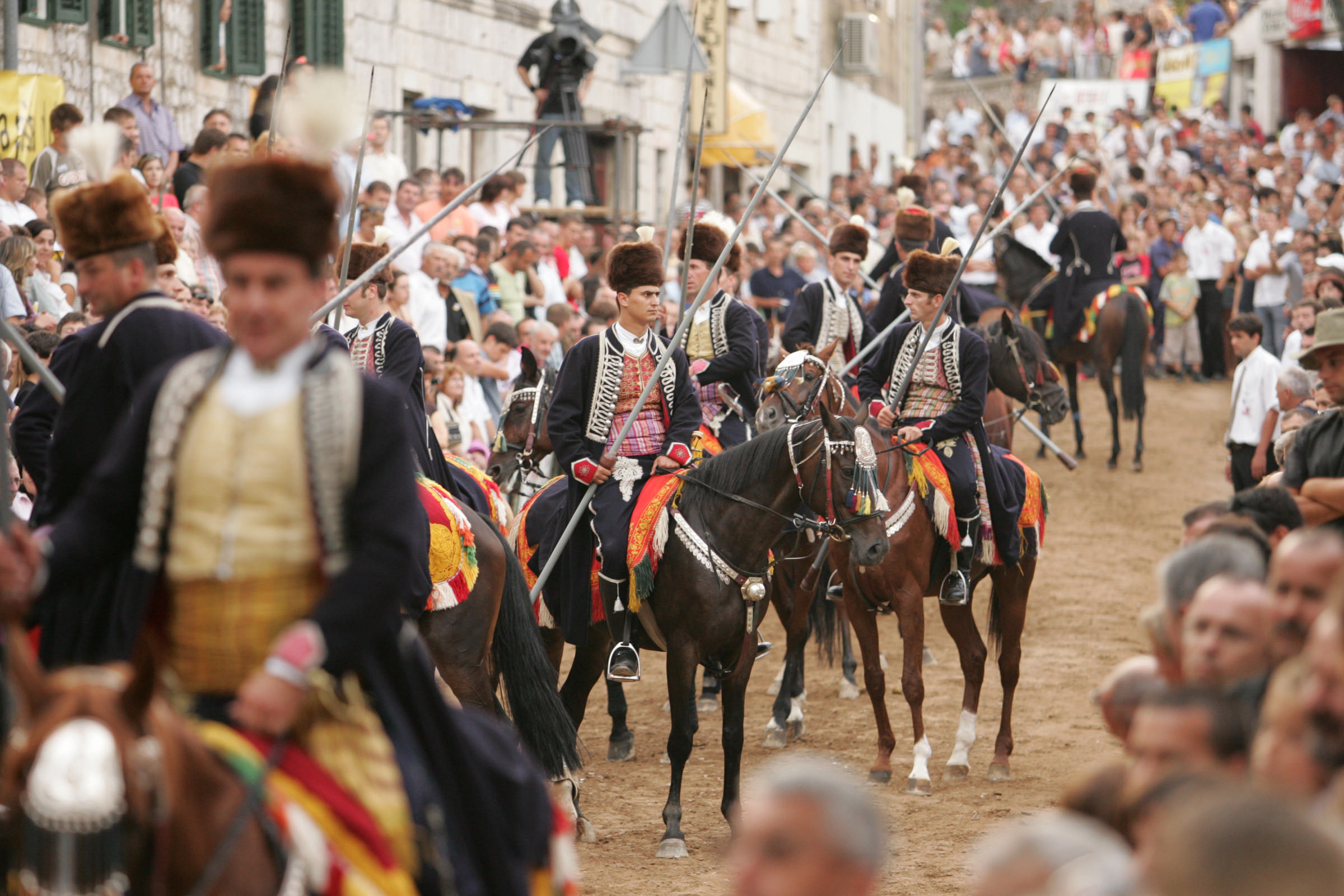
Sinjska Alka © Romulic and Stojcic
The town of Sinj, located in the Dalmatian hinterland, ranked safest in Croatia four times in a row in recent years. It’s a nice title for Sinj and just one of things it’s known for – the most famous certainly being Sinjska Alka.
Inscribed on the UNESCO list of intangible cultural heritage, Sinjska Alka is a traditional knight’s game held every year in August. It commemorates the victory of 700 Croatian soldiers over the army of 60,000 Turkish invaders in 1715 – a report from a reenactment of the battle is available here.

